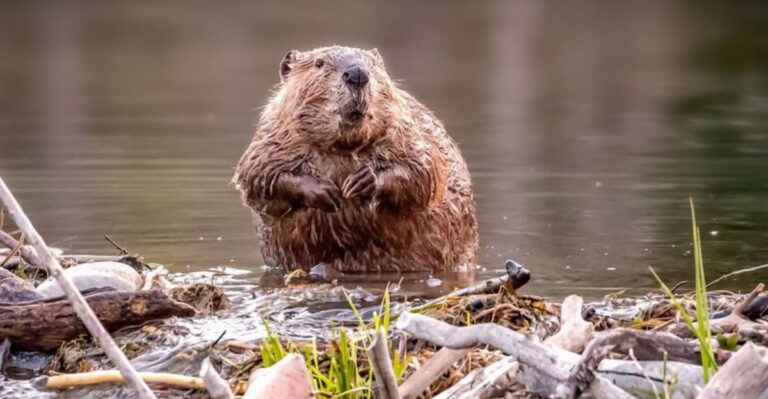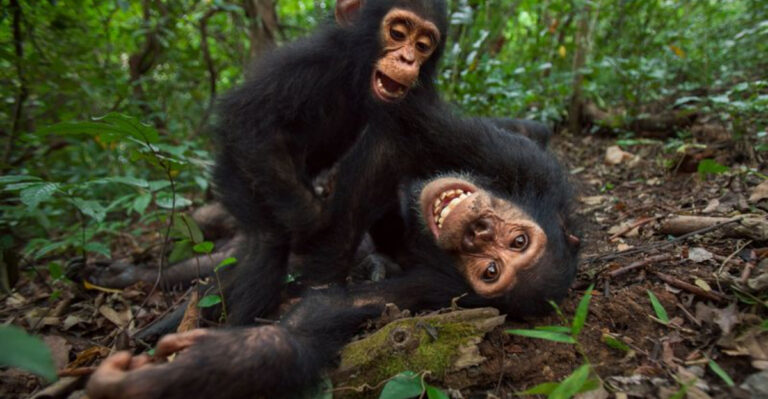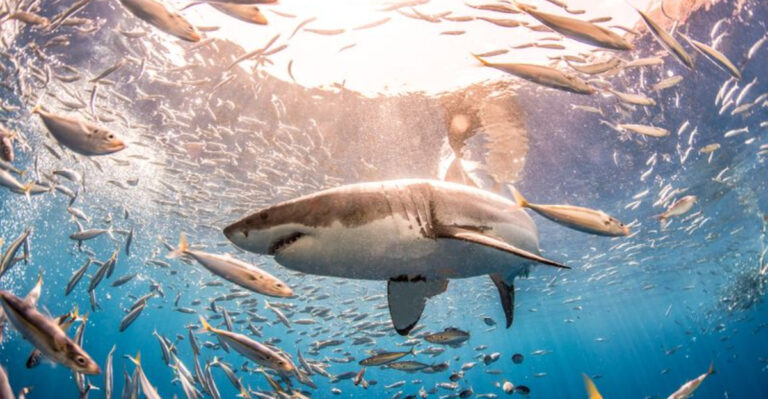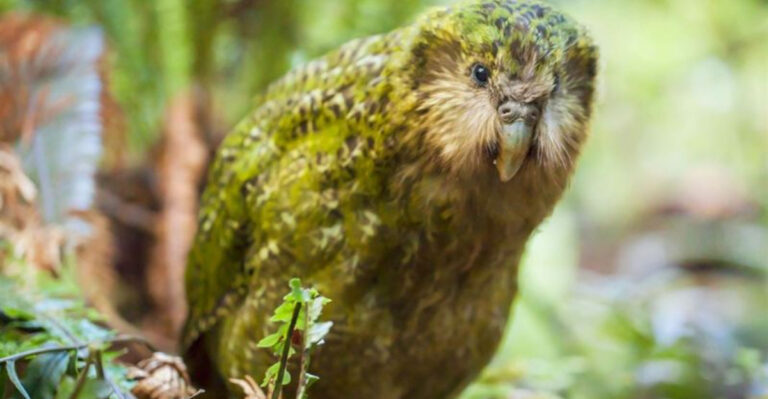Monarch Butterflies Are On The Endangered Species List In 2025, But Here’s Why Their Survival Matters
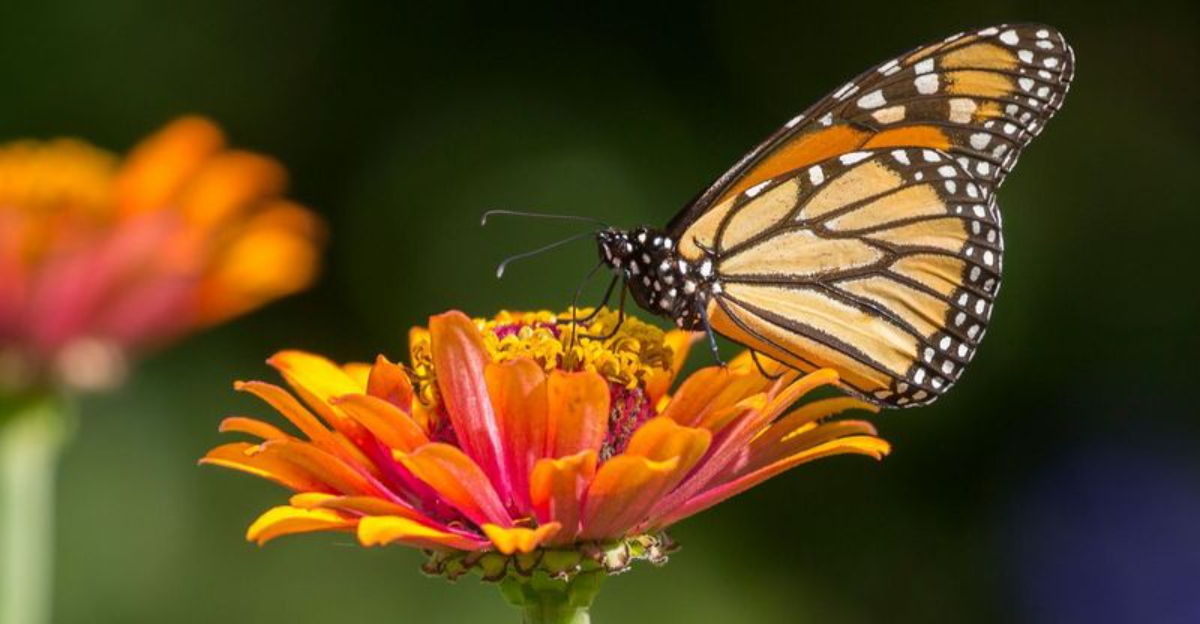
The iconic orange and black monarch butterfly faces a critical moment in its existence. With populations plummeting across North America, these remarkable insects now stand at a crossroads between recovery and potential extinction.
Their story isn’t just about saving a beautiful species – it’s about protecting our interconnected natural world and the delicate balance that sustains all life.
Proposed Endangered Species Act Listing
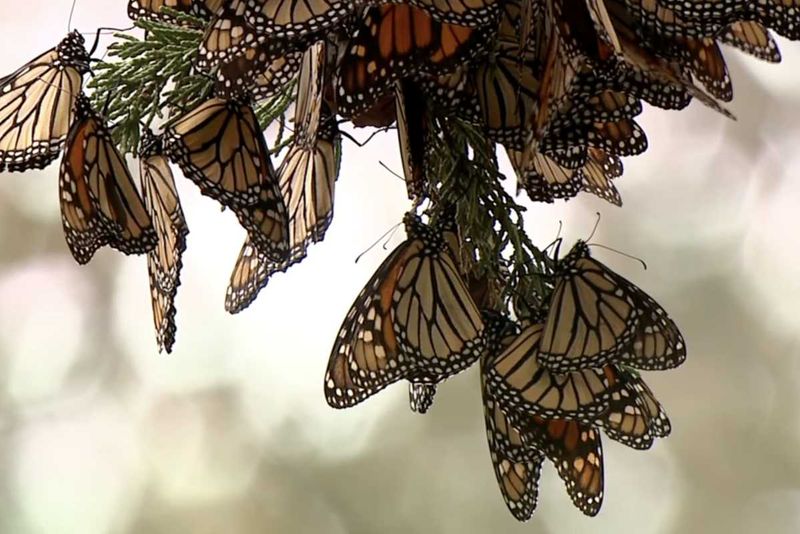
After years of population decline, monarchs finally received official recognition of their plight. The U.S. Fish and Wildlife Service’s proposal marks a watershed moment for butterfly conservation.
With the public comment period extending through March 2025, citizens have a rare opportunity to influence protection measures for these beloved insects.
Declining Populations
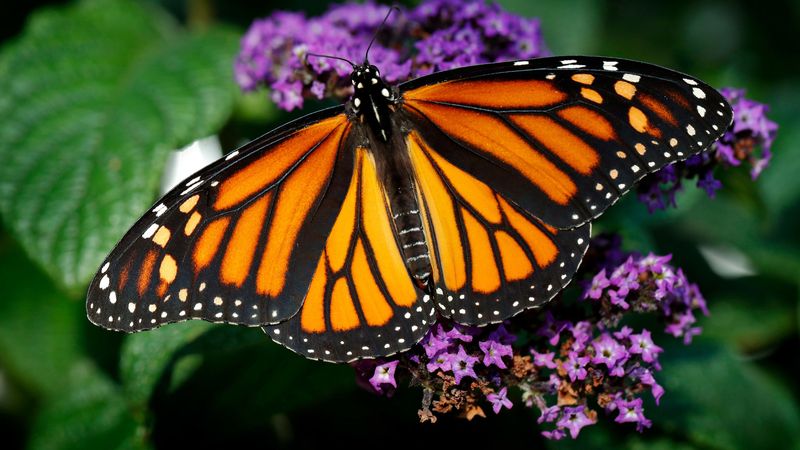
Alarm bells are ringing among scientists tracking monarch numbers. The 96% population crash along California’s coast represents a catastrophic decline that could signal impending extinction.
Such dramatic losses in just one year highlight how quickly these fragile creatures can disappear from our landscapes without immediate intervention.
Critical Habitat Loss
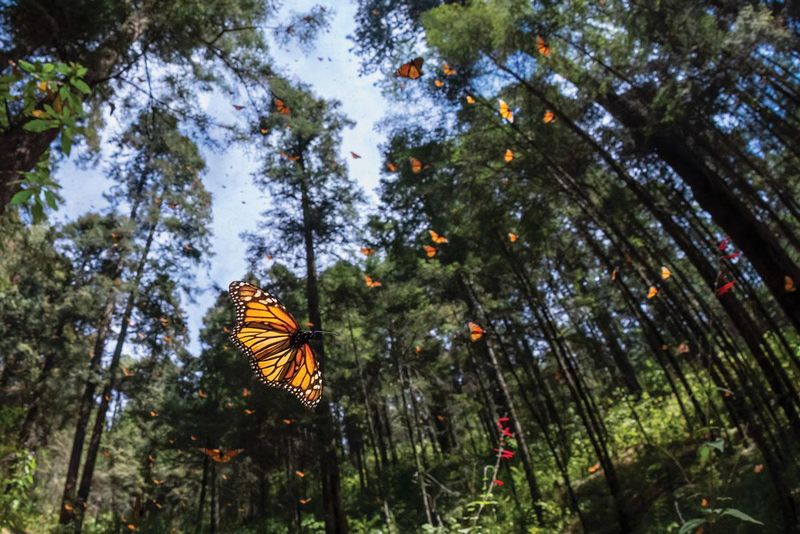
Mexico’s oyamel fir forests serve as the monarchs’ winter sanctuary, but these havens are vanishing. Illegal logging continues despite conservation efforts, while warming temperatures push suitable habitat zones higher up mountainsides.
When extreme storms hit these forests, millions of butterflies can perish overnight in a single devastating event.
Milkweed Dependency
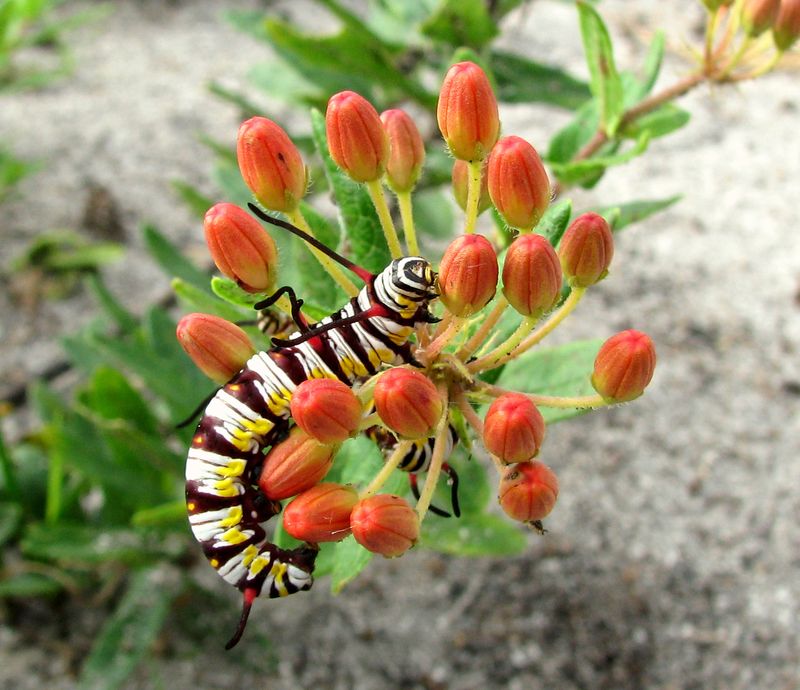
Female monarchs search tirelessly for milkweed plants, the only food their caterpillars can eat. Without this specific plant, their life cycle simply cannot continue.
Modern farming practices have eliminated vast swaths of milkweed across North America. The toxic compounds in milkweed that make monarchs poisonous to predators cannot be found in any substitute plant.
Pollination Role
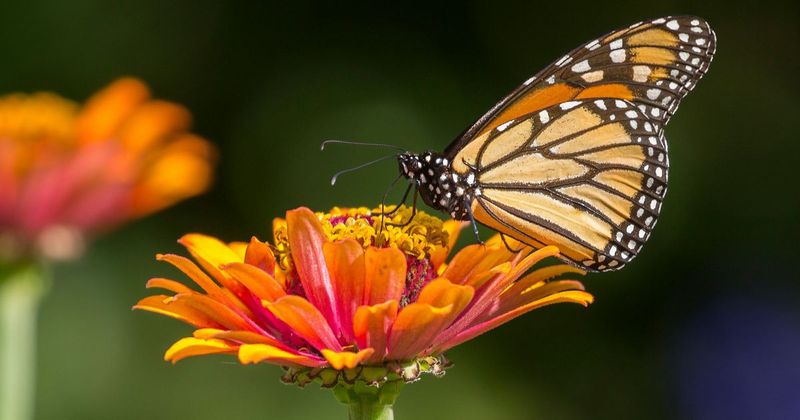
Monarchs flit from bloom to bloom with golden pollen dusting their wings. Though not as efficient as bees, their contribution to pollination supports wildflower diversity across their extensive migration route.
The flowering plants they help reproduce provide food and shelter for countless other species, creating a cascade of ecological benefits.
Climate Change Impact
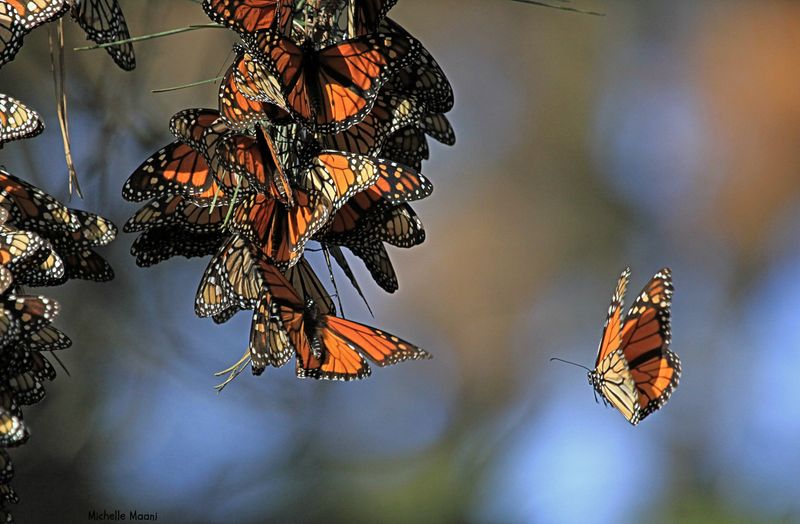
Rising temperatures confuse monarchs’ internal migration clocks, causing them to travel at the wrong times. Early spring warmth might trigger premature emergence before milkweed has grown.
Increasingly unpredictable weather patterns bring deadly frost events and storms. Climate scientists predict these disruptions will intensify, further threatening the monarchs’ precisely timed life cycle.
Migration Phenomenon
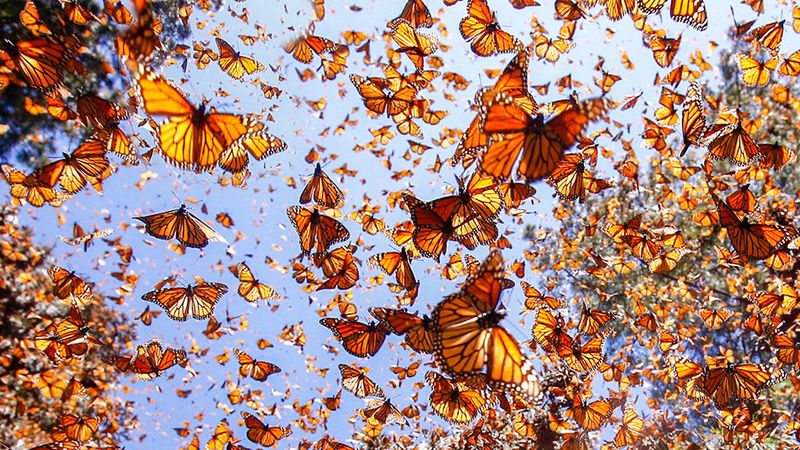
No single monarch completes the entire 3,000-mile journey from Canada to Mexico. Instead, several generations relay the migration, with great-grandchildren somehow finding the exact same forest their ancestors overwintered in.
Scientists remain baffled by how these insects, weighing less than a paperclip, navigate with such precision across a continent.
Ecological Indicator
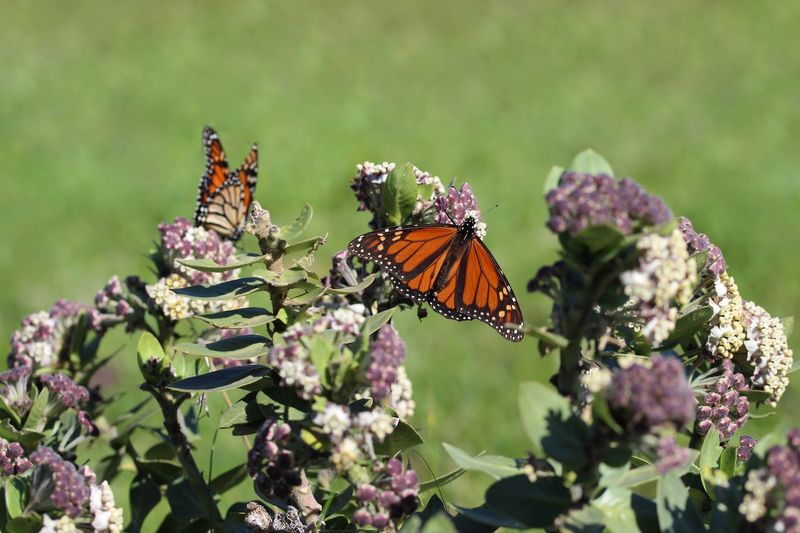
Monarchs serve as nature’s warning system. Their decline signals broader environmental degradation affecting numerous species we don’t monitor as closely.
When monarch numbers drop, it often indicates problems with habitat fragmentation and pesticide use. These same factors harm bees, birds, and other wildlife essential to healthy ecosystems.
Conservation Efforts
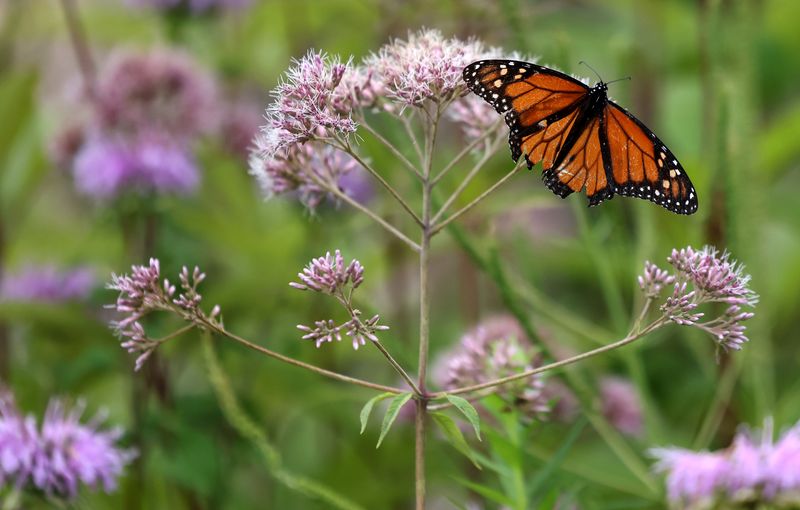
Monarch waystations have sprung up in backyards, schools, and parks nationwide. These butterfly gardens provide crucial refueling stops during migration.
Community science programs engage thousands of volunteers who tag butterflies and count caterpillars. Conservation success stories show that local actions combined with policy changes can help monarch populations rebound in protected areas.
Cultural Significance
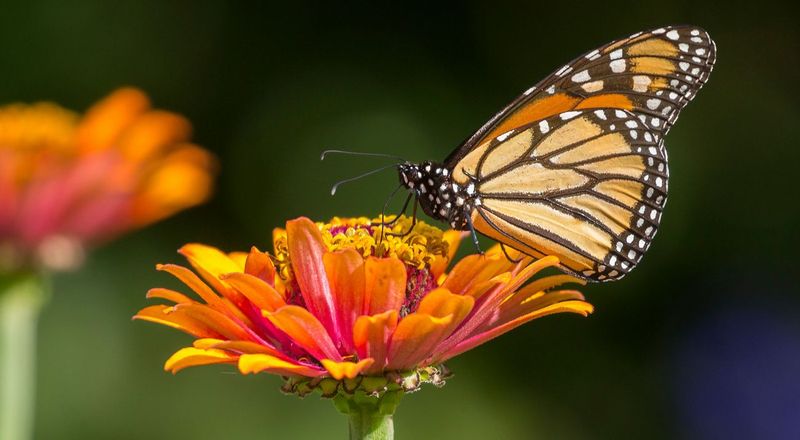
In Mexican tradition, monarchs represent the souls of departed loved ones returning for Day of the Dead celebrations. Their November arrival coincides perfectly with this important cultural observance.
Indigenous cultures across North America incorporated butterfly symbolism into art and storytelling. Today, monarchs inspire poetry, music, and countless children’s first connection with the natural world.
Economic Implications
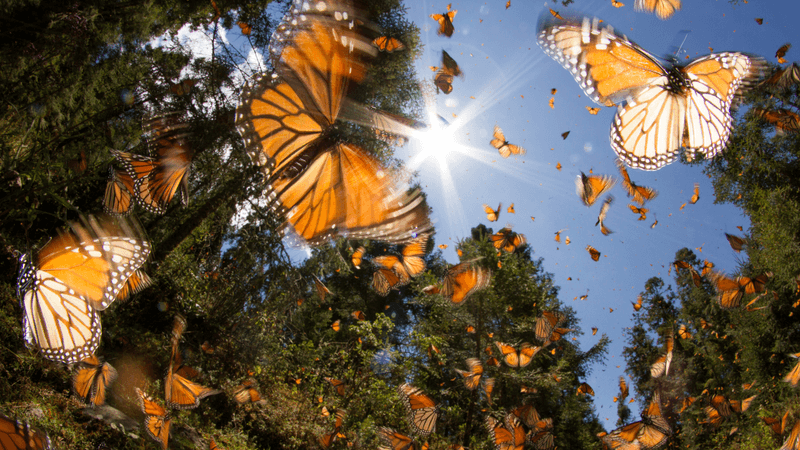
Farmers face potential crop yield reductions as pollinator populations decline. Though monarchs aren’t primary crop pollinators, their disappearance reflects broader insect losses that threaten agriculture.
Ecotourism centered around monarch migration brings vital income to communities in Mexico and California. Butterfly sanctuaries attract thousands of visitors annually, supporting local economies dependent on conservation.
Public Engagement
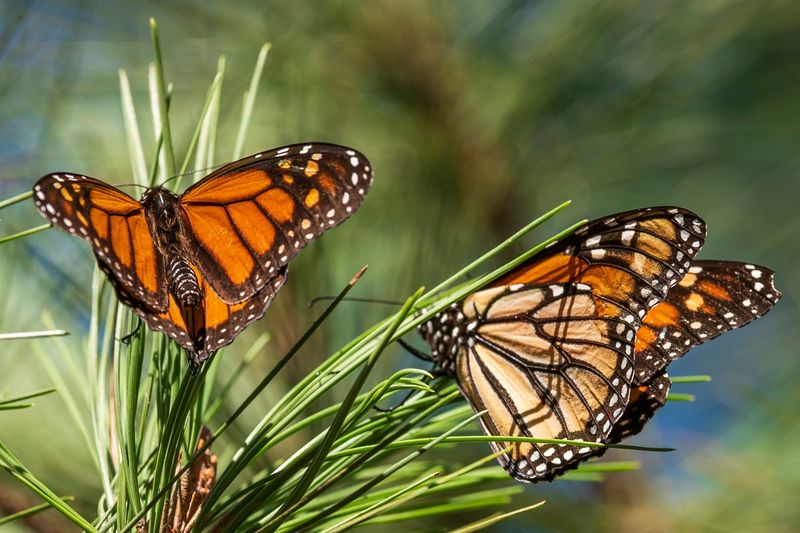
Ordinary citizens have become monarch champions through simple backyard actions. Planting native milkweed varieties provides essential breeding habitat while avoiding pesticides protects developing caterpillars.
School programs teaching monarch life cycles inspire young conservationists. By participating in community science programs, anyone can contribute valuable data that helps scientists track monarch recovery and guide protection efforts.


